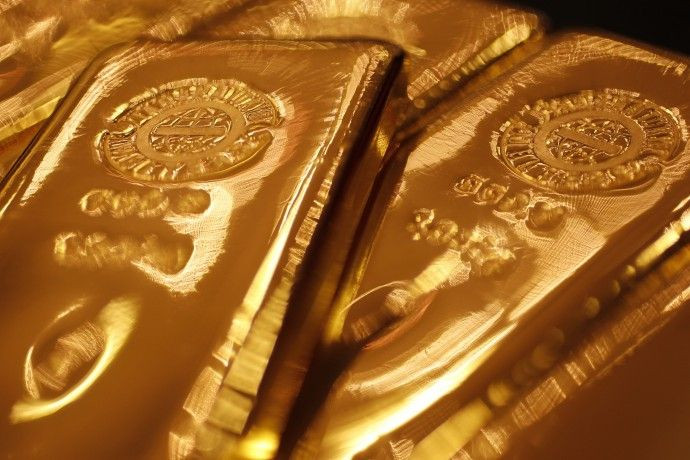Gold and Silver at New Record Highs!

Gold jumped against a falling Dollar in London trade on Tuesday, touching $1,432.10 per ounce, one dollar above the all-time peak of 7th Dec. Silver marks a fresh all-time high at $34.44/oz, while Western stock markets fell and Brent crude oil rose towards new two-year highs.
Libya's state-run National Oil Co. chief Shukri Ghanem said yesterday that the country's oil output has halved amid the current turmoil.
The United Nations declared a refugee crisis on Libya's border with Tunisia, where tens of thousands of people are fleeing the Gaddafi regime's failed crackdown.
Anti-government protests were today called in Iran – the Opec oil cartel's second-largest producer – after opposition leaders were moved to a Tehran prison.
Silver benefits from the search for a safe haven [and] increasing industrial demand helps too, says Heraeus refining group's head of sales Wolfgang Wrzesniok-Rossbach in his latest Precious Metals Weekly.
But the price development relative to Gold seems now very much overdone. Industry does not need THAT much metal.
The Silver Price today broke new 31-year highs at $34.50 per ounce, while the Dollar fell to its lowest level vs. the British Pound since Jan. 2010.
That capped the Silver Price for UK investors just below last week's three-decade high.
While we do not have a crystal ball, we do believe that any spread in the current unrest in North Africa/Mideast could have a very significant impact on short-term and...long-term Gold Prices, says George Albino at Canadian institutional brokerage GMP Securities, noting that gold stabilized at much higher levels after jumping amid the Middle East turmoil of 1973 and 1979.
We believe that the continuing fragility of the developed economies leaves them ill positioned to take any [energy] disruption in their stride.
The International Energy Agency said Tuesday that the US, Europe and Japan will have to spend an extra $200 billion on crude oil imports in 2011 compared with last year.
UK central banker Charles Bean today defended the Bank of England's near-zero interest rate policy to the Treasury Committee.
US central-bank chief Ben Bernanke was due before the Senate Banking Committee, speaking on the economy.
The Bank of Japan [was] a lonely forerunner that implemented novel, innovative measures in a large-scale manner, says Japanese central-bank chief Masaaki Shirakawa in a new interview with the Wall Street Journal.
When we announced these measures, these measures attracted little attention or were considered as bizarre measures. But, in retrospect, the so-called credit easing adopted by the Federal Reserve is essentially the same as what we did in the early 2000s.
Japan's economy has yet to recover the level of output it achieved in 1995, according to World Bank data.
On the physical Gold Investment front – and with the world-leading SPDR Gold trust fund shedding another half-tonne on Monday, shrinking to new 9-month lows – the waiting period for bars in Germany [is] a thing of the past, says Wrzesniok-Rossbach at Heraeus, due to the expansion of production.
German Gold Dealers still report a 9:1 ratio of investor purchases to sales, with bars enjoying a significantly larger weighting than coins.
Meantime in India, exports of gold jewelry and worked gemstones to the Middle East have already been hit by the region's unrest and revolutions, says Gem & Jewellery Export Promotion Council chairman Pankaj Parekh, quoted by the Art of Jewellery website.
Since 2005, sales to West Asia and North Africa (WANA) grew to account for nearly 5% of gemstone and jewelry exports from India – the world's No.1 gold consumer market.
Monday saw the re-introduction after a two-year hiatus of a 1% excise duty on Indian jewelry sales – a kind of levy and back-door license raj measure [which] will create hardship, litigation and encourage corruption, says Vinod Hayagriv, chairman of the All-India Gems & Jewellery Trade Federation.
© Copyright IBTimes 2024. All rights reserved.





















